Wetmark
Delia Rößer, Elena Dagg, Leidy Karina Gómez Montoya, Marie Tirard, Sofia Pereira Paz
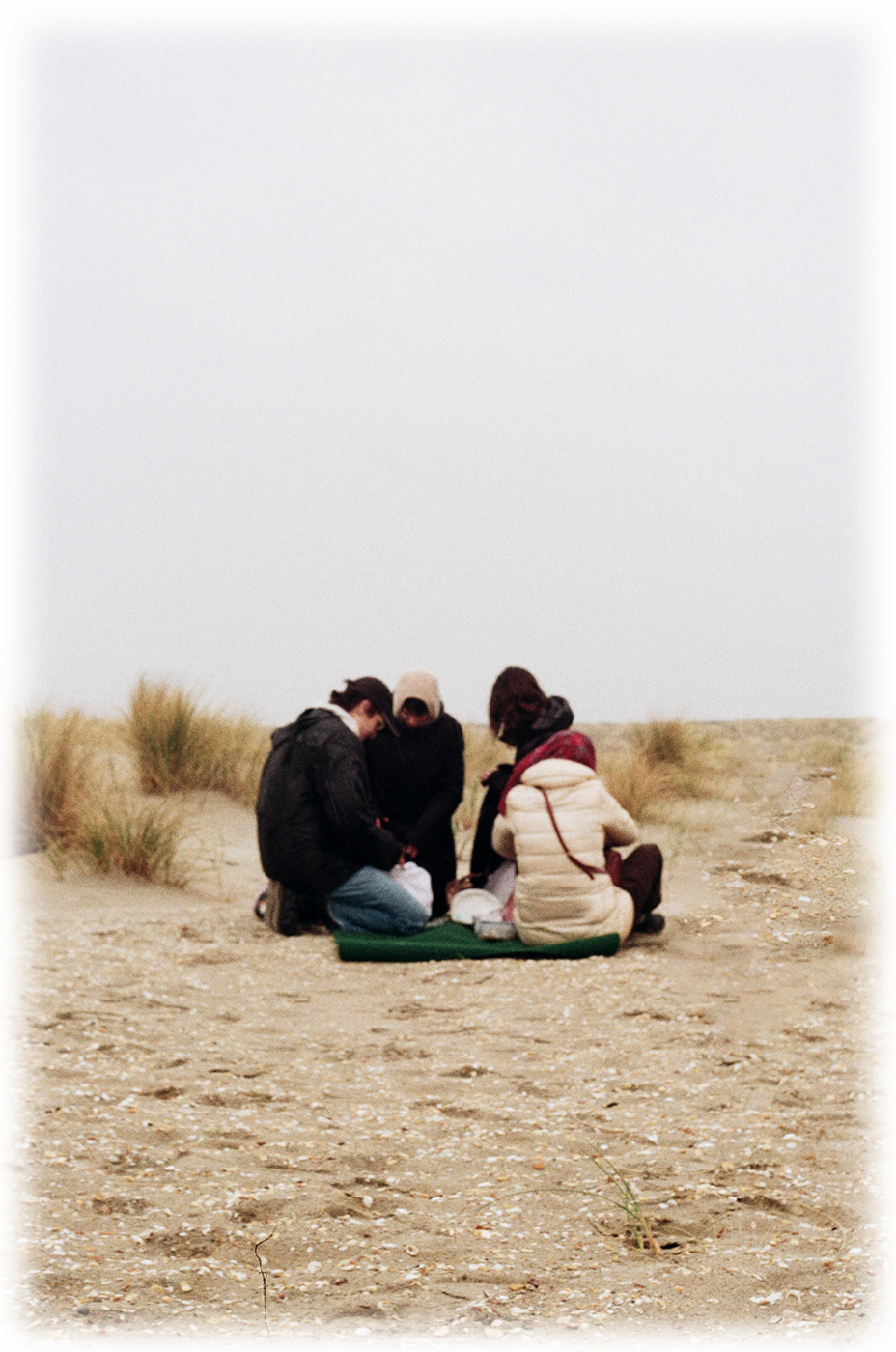
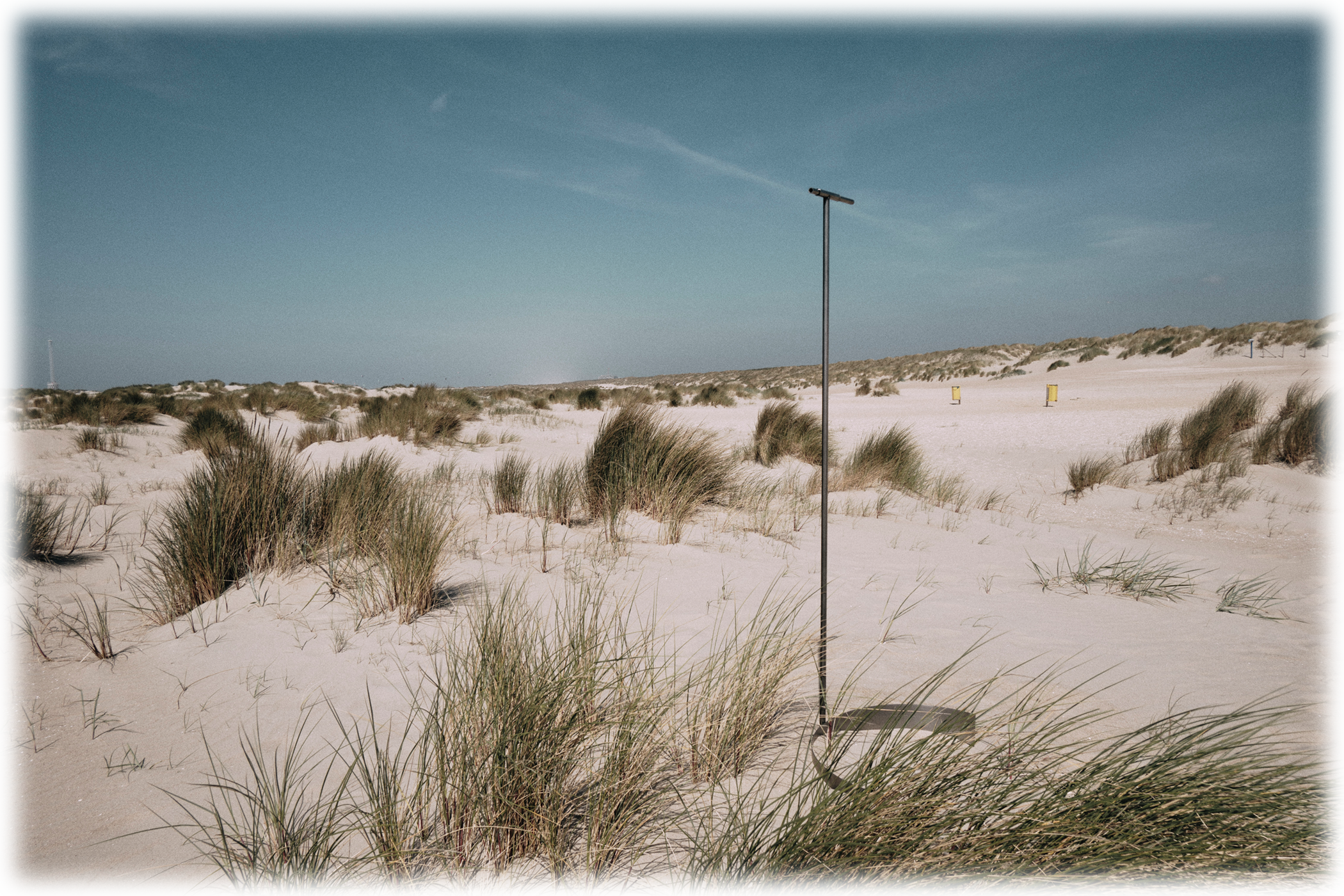
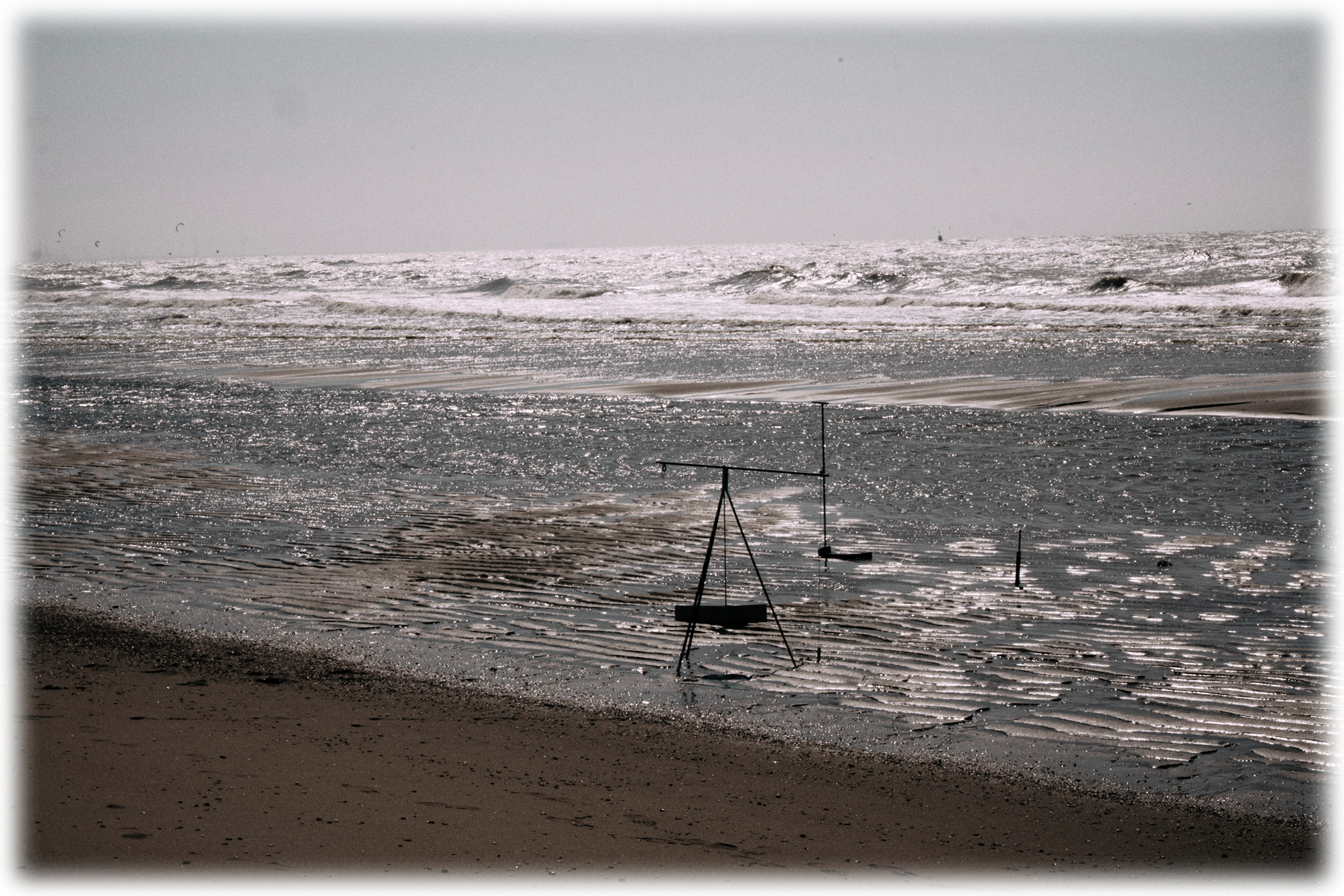
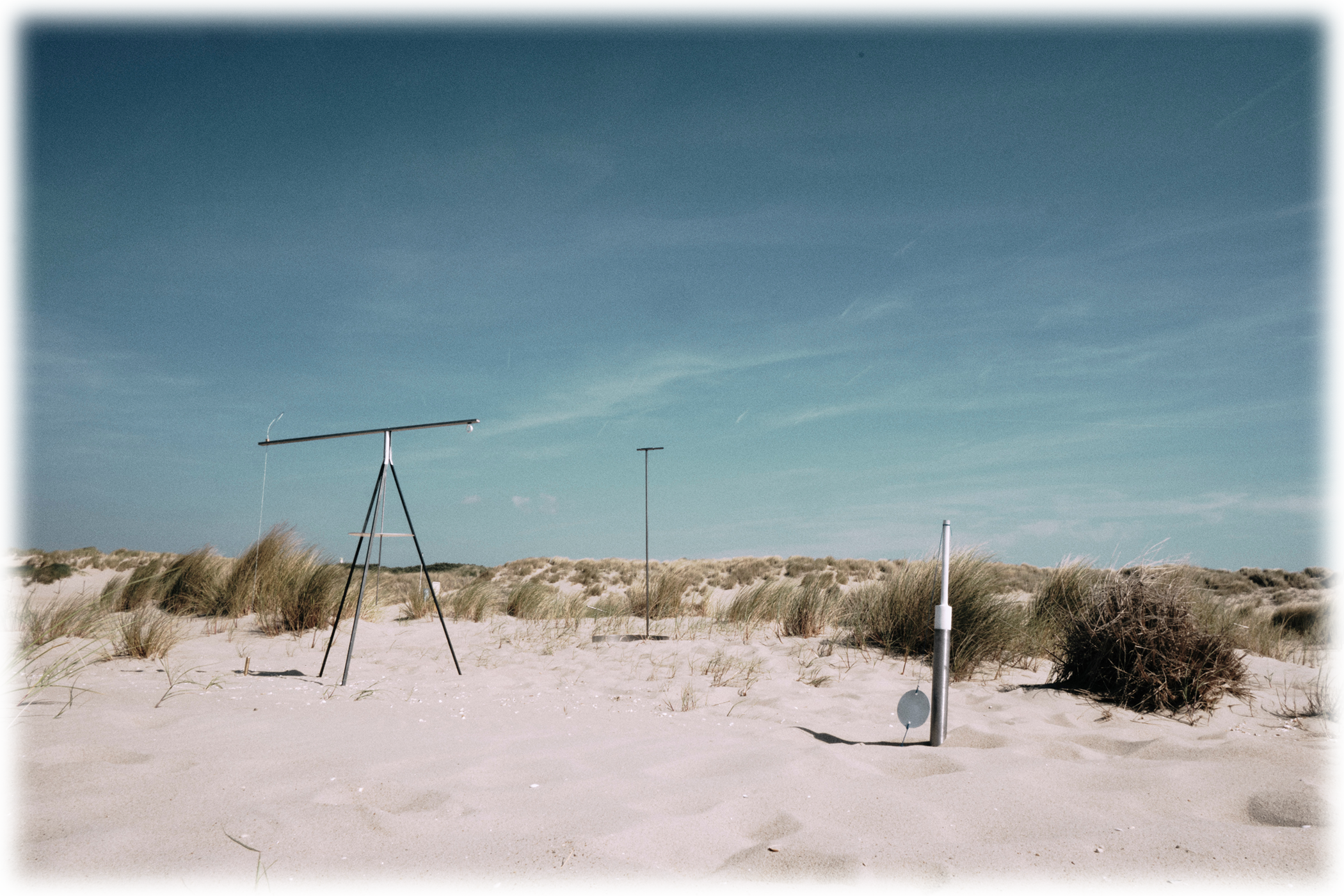
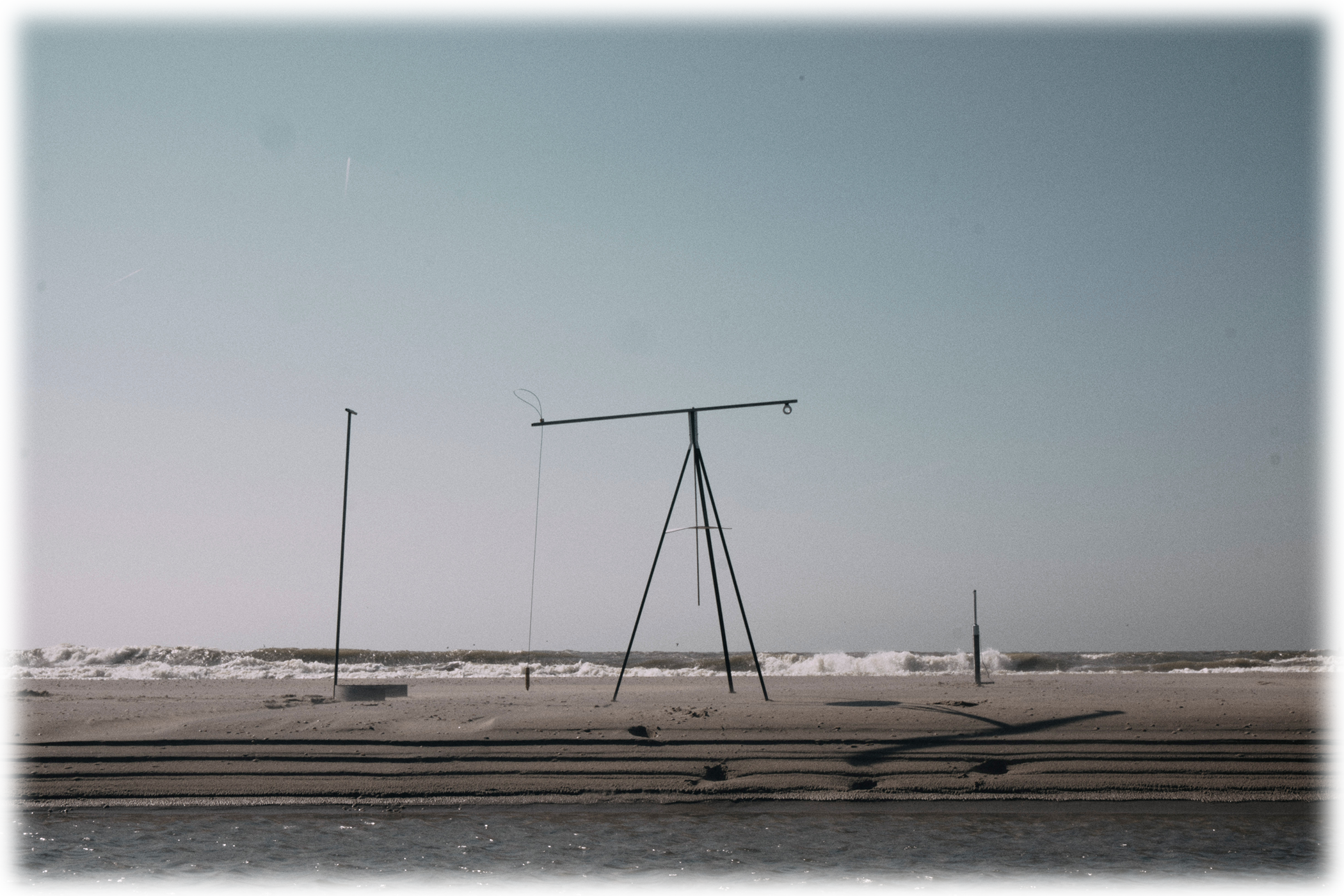
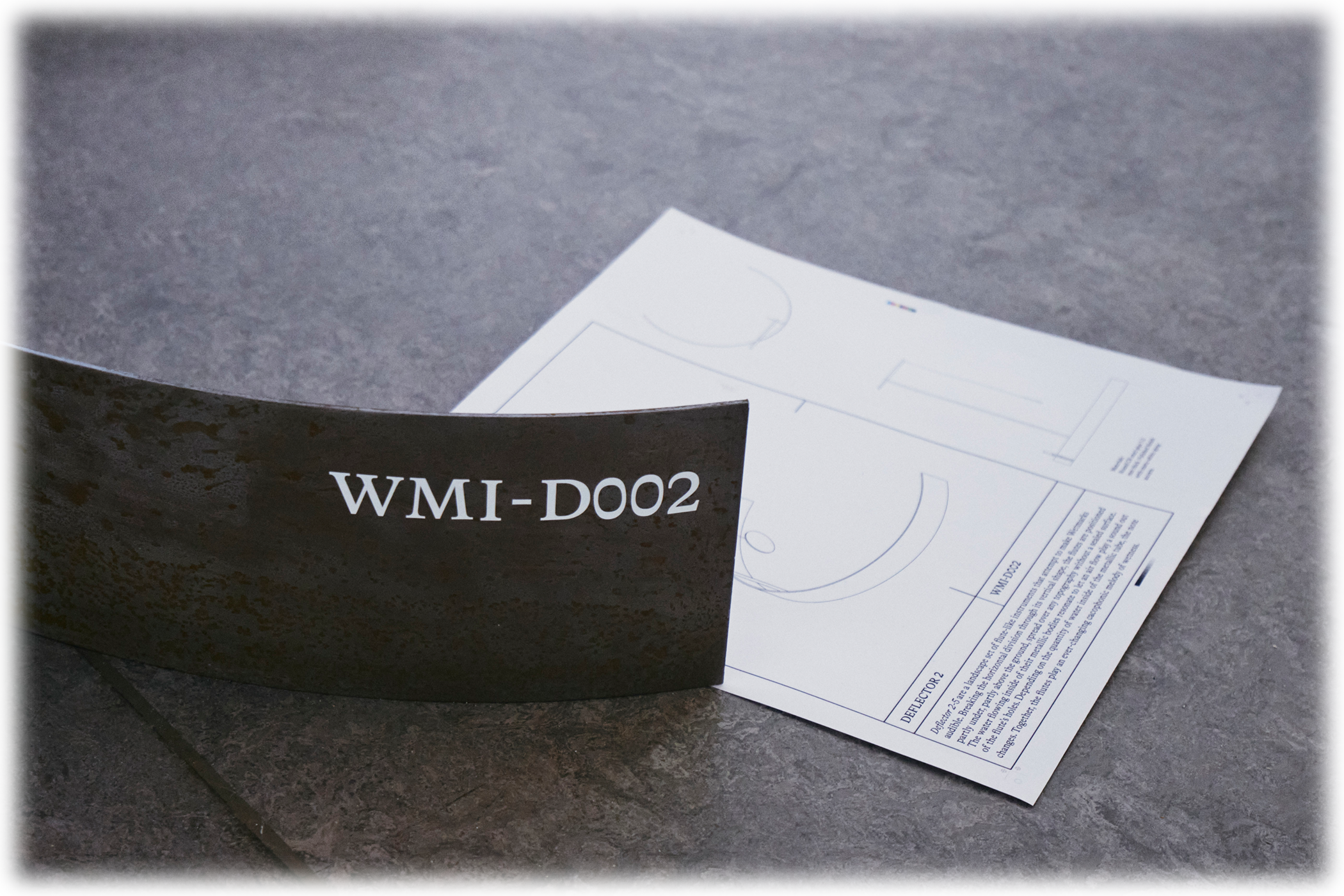
A wetmark is a rarely visible but always present natural or artificial phenomena used to prove the indivisibility of wet and dryscapes, a feature that in contrary to Landmarks, does not stand out from its near environment and is often more visible when close by.
Around 1⁄3 of the Netherlands lies below sea level and according to NASA RisingSeas (Frontiers of climate science) datasets for elevation and tides of the sea level from across the globe, the west of the country will be underwater by 2030. For a country known for its reclamation of sea and stabilised land, the recent shortages of drinking water makes the government the planning/operations of fighting managing water. Since then, the efforts are slowly shifting towards finding strategies to work with water instead of fighting against it, with dunes being one of the main collaboration partners.
While forming only 1% of the total surface area of the Netherlands, their sponge-like nature gives hope for the rising issue of flood vs. thirst.
Starting 20th of March 2023, a transdisciplinary collective started searching for signs of water in the Dunes with the aim of questioning the existing knowledge around dune landscapes and their relationship with topics such as: technology, nationalism, nature and water. Their methodological approach accentuated the generative and indivisible interactions by tracing the attentive fluctuations between located and conceptual events, conducting research experiments that led to the discovery of a new phenomenon called wetmarks: In modern use, the term can also be applied to smaller (de)structures or features that have become counter identities to local or national symbols.
